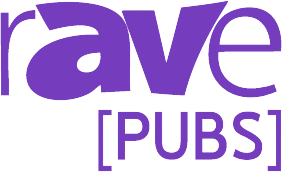Seeking Validation
 Following the wiring phase, the next and arguably the most important step in any installation is testing and validating the lines and connections. Because of that, reliable testers are a critical tool.
Following the wiring phase, the next and arguably the most important step in any installation is testing and validating the lines and connections. Because of that, reliable testers are a critical tool.
While a lot of testing can be accomplished with an off the shelf multi-meter from the hardware store, including checking voltage, and testing the impedance of speaker lines in some cases, more specialized tools are necessary.
For coax lines, simple RG-6 tone testers comprise a sender, and a receiver. Connecting the sender to one end, installers can then use the receiver to determine which coax termination on the other side of the house it belongs to.
Network cabling requires more even more thorough testing. With their multiple conductors, Ethernet cables are the most likely to be incorrectly terminated (I know that I’ve screwed up my share), leading to all kinds of hassles if not identified. That’s where an Ethernet line validator becomes crucial.
There are plenty to choose from, and integrators should invest in the best the can afford. One example is the VDV PRO from Ideal Industries. It supports testing of RJ-11/12, RJ-45, Coax F, BNC and RCA connectors. In addition to Pass/Fail, it displays wire errors including Open, Short, Miswire and Split Pair and can also report on the cable’s length. It’s available from online supply companies starting at around $240.
Oddly enough, despite the fact that there are now quite a few HDMI field validators available, very few of the integrators I know use them. More than one has joked that in cinema room jobs, they use the fact that there’s picture and sound as validation that the cable isn’t broken. In addition, in terms of distributed video, Crestron’s DigitalMedia HDMI matrix hardware has its own internal validation and warning system that eliminates the need to test multiple HDMI lines manually.
Although it’s still more common in commercial installations, fiber optic networks have been appearing in some residential projects too, and thus enters the need for fiber validators. There aren’t many on the market, at least yet, but Ideal’s MULTIMODE MICRO ODTR is a good example. It features the ability to sweep cables on pre-programmed wavelengths to test for shorts and dead zones, and then report on the location of the fault. It’s compatible with interchangeable fiber adapters with a wide variety of configurations, and has a USB connection to download reports to thumb drives or PCs. At an average price, depending on configuration, of $10,000 (yes, ten thousand dollars), it’s really only a worthwhile investment for integrators who are going to be running thousands of feet of fiber on their projects.
As we all know, wireless is unlikely to handle everything you need on a project, so that means running lines, which furthermore means testing those lines. Like everything else, the right tools make the job easier.
Lee Distad is a rAVe columnist and freelance writer covering topics from CE to global business and finance in both print and online. Reach him at lee@ravepubs





